Vintage Tribal Kilim Runner 2' 11" x 10' 2" (35" x 122")
Type:
Kilim RugsCollection:
Tribal RunnersID:
K0077315Size:
Material:
The designs feature a rich array of symbols representing tribal culture and Anatolian motifs, often in the form of medallions, diamonds, and other geometric shapes.
The designs feature a rich array of symbols representing tribal culture and Anatolian motifs, often in the form of medallions, diamonds, and other geometric shapes. These kilim runners are ideal for hallways and narrow spaces, offering a touch of ethnic charm and artisanal quality to any interior.
Herki kilims not only serve as functional floor coverings but also as artistic expressions of tribal identity, making each rug a unique cultural artifact.
Design Elements
- Pattern: The kilim runner features a series of geometric motifs that showcase an octagonal shape, framed by bold vertical and horizontal lines. This design creates a rhythmic flow throughout the rug.
- Structure: The layout of the runner is elongated, typical for runners, allowing it to fit into narrow spaces. The repeating motifs enhance its decorative presence.
- Textural Quality: The flatwoven construction of the kilim gives it a unique texture that emphasizes the simplicity and elegance of the patterns.
- Borders: The use of striped borders on both sides adds a sense of framing that leads the eye inward to the main motifs, creating a balanced visual appeal.
- Contrast: The interplay of positive and negative spaces creates a striking contrast, drawing attention to the main motifs while adding depth to the overall design.
Colors
- Background Color: The cream background provides a neutral base that enhances the visibility of the surrounding motifs and patterns.
- Main Color Palette: The primary colors include deep browns and muted beige tones, which add warmth and earthiness to the overall aesthetic.
- Symbolic Use: The colors are not only decorative but also carry significant meanings. Browns often symbolize stability and connection to the earth, while beige denotes simplicity and purity.
- Contrast Impact: The combination of light and dark colors emphasizes the geometric designs, ensuring they stand out and evoke curiosity.
Main Motifs and Their Symbolism
- Octagons: The octagonal shapes represent unity and balance, reflecting harmony in life and relationships.
- Central Diamond: The diamond motifs signify strength and resilience, often associated with protection and stability.
- Geometric Lines: The use of lines within the patterns conveys movement and flow, symbolizing life’s journey and path.
- Cross Patterns: Cross-like shapes amplify themes of connection and faith, often seen as a protective element in the design.
Summary
This vintage tribal kilim runner exemplifies a harmonious blend of design elements and color symbolism. Its geometric patterns, especially the octagonal shapes and central motifs, reflect underlying themes of unity, strength, and resilience. The earth-toned color palette grounded in a neutral background not only enhances its aesthetic appeal but underscores a connection to nature and stability.
- Ships in 1-4 business days
- Only one in stock, handmade, unique
- Free shipping via FedEx Express. Easy returns
- Contact us or add a note to your order if you want us to delay your shipping.
- Request more info if you want this rug shorter or narrower
Colors may appear slightly different across various monitors due to screen settings device differences, and external lighting conditions. If color accuracy is important for your space, we recommend viewing the rug on multiple devices or contacting us for a detailed color description. We can provide detailed photos and references using Sherwin-Williams, Benjamin Moore, Pantone, or even Crayola crayons.
You can also visualize most of our products in your own room with AR (augmented reality) on an iPhone or iPad.
Return Policy
Need a rug pad? We recommend RugPadUSA
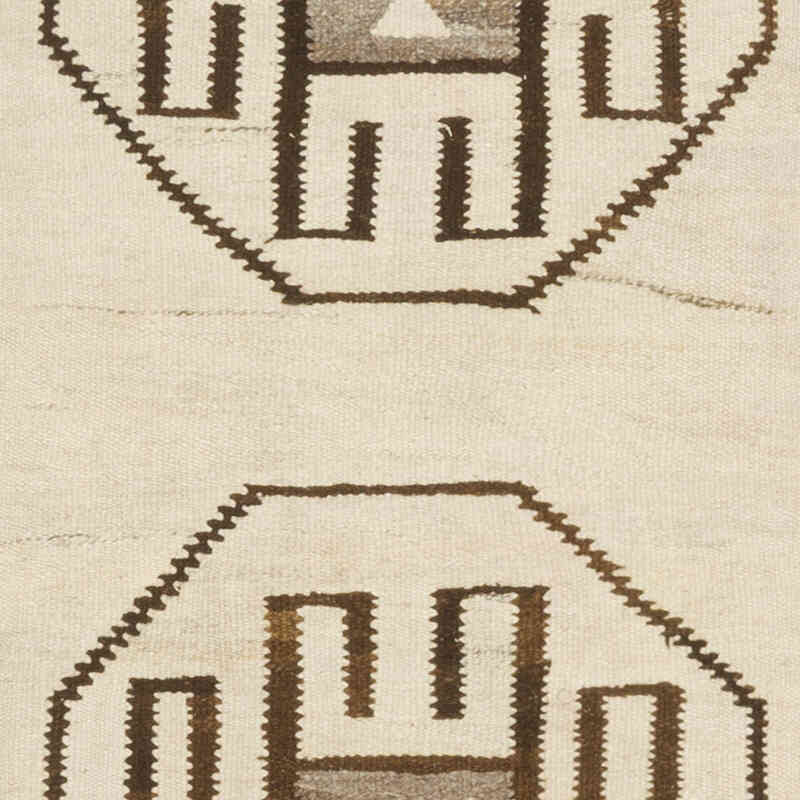
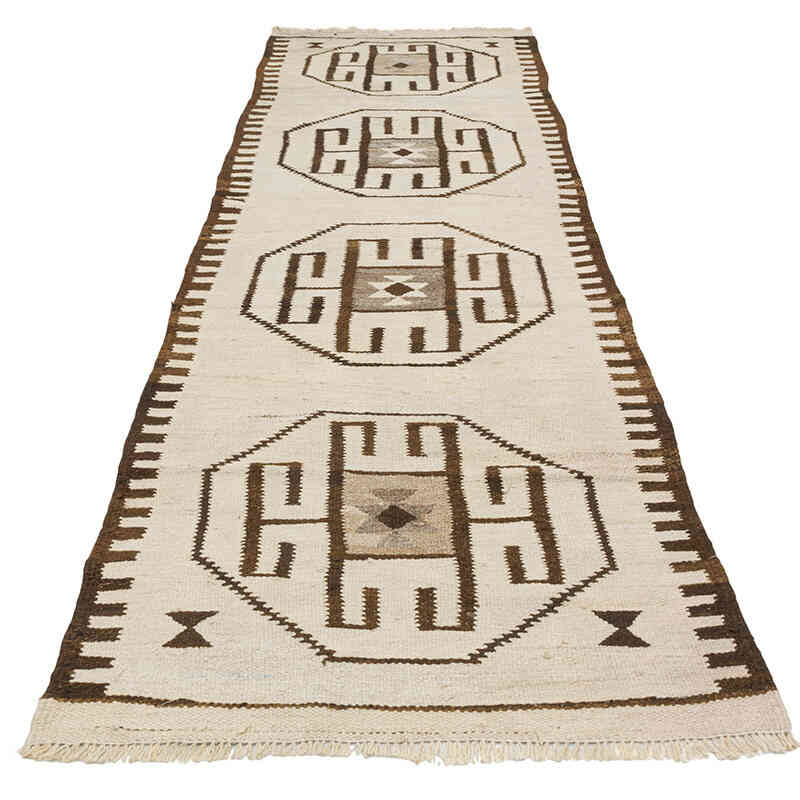
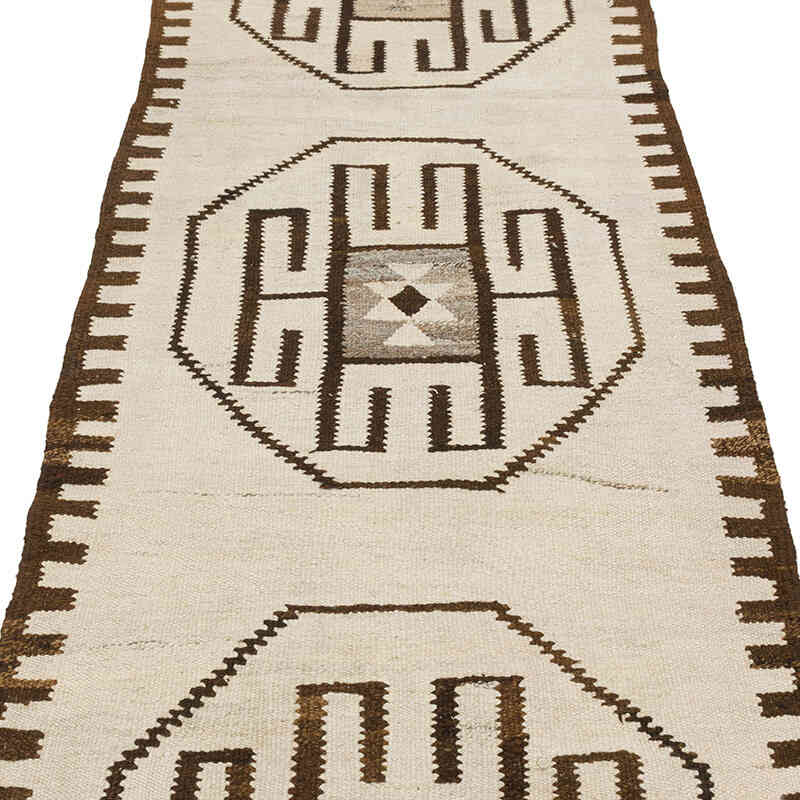
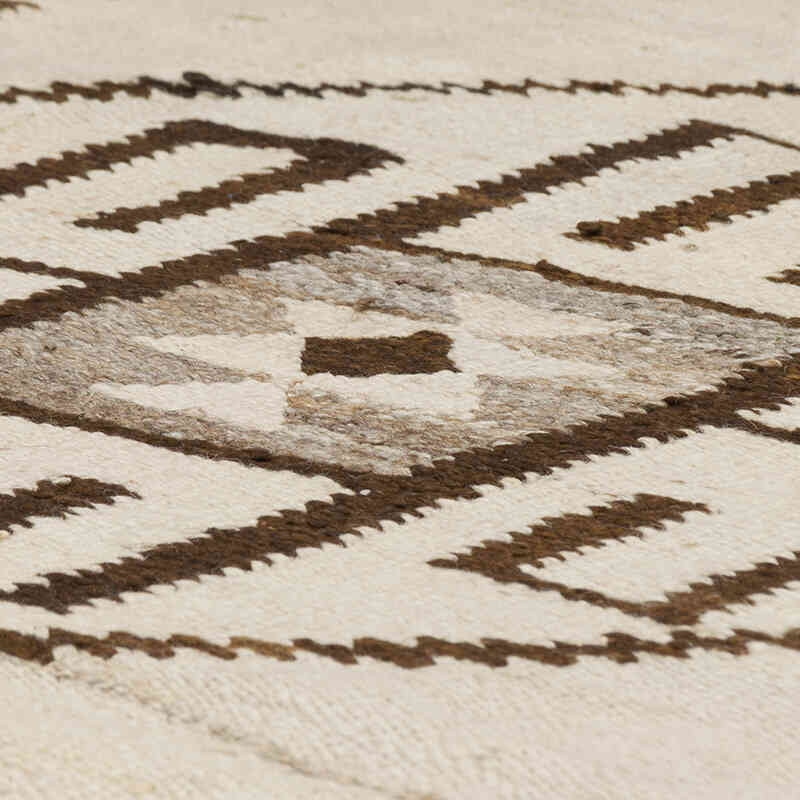
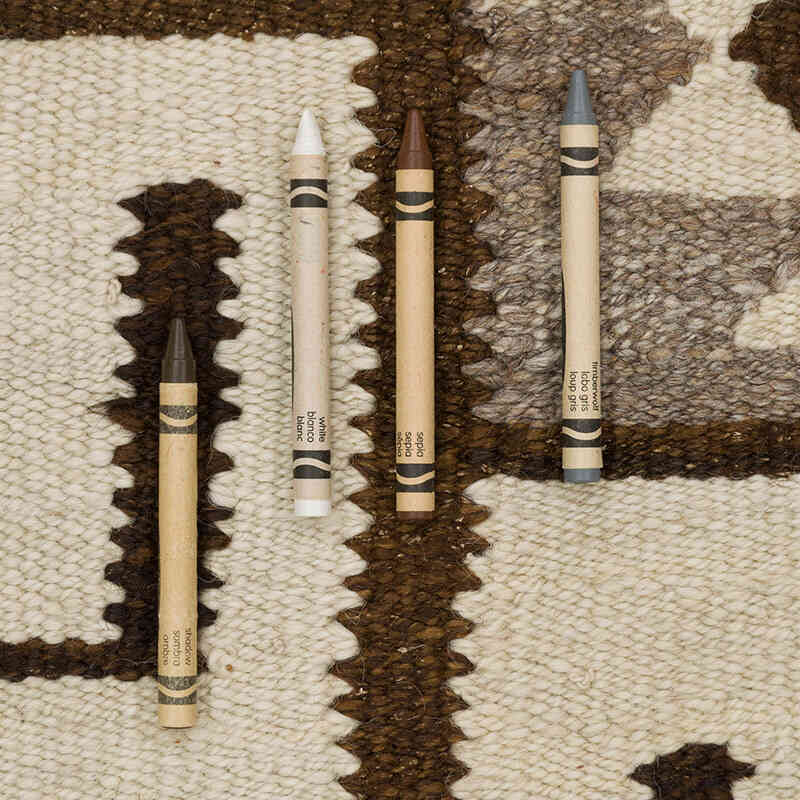
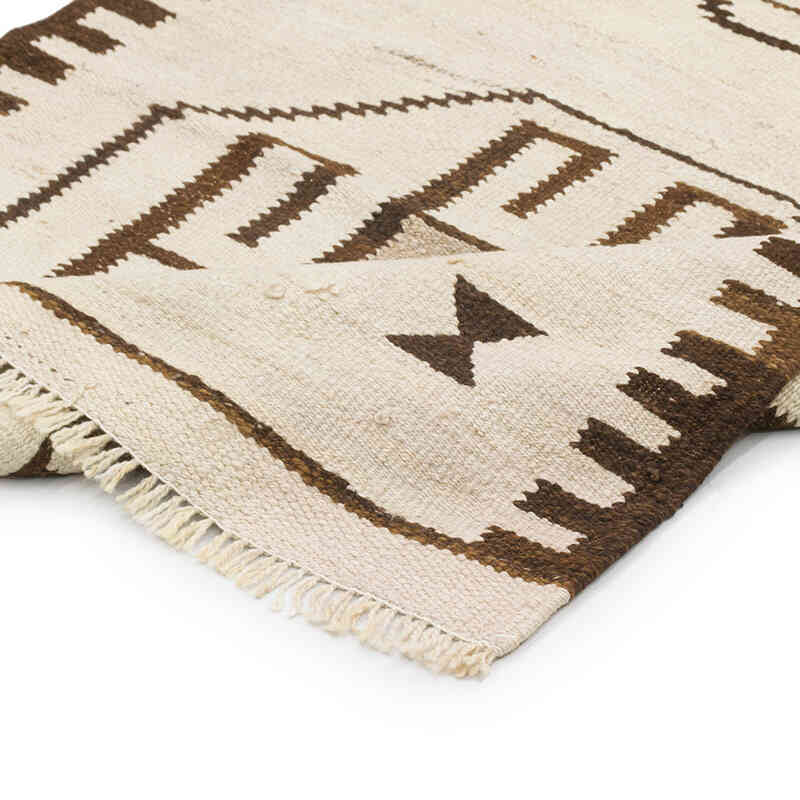
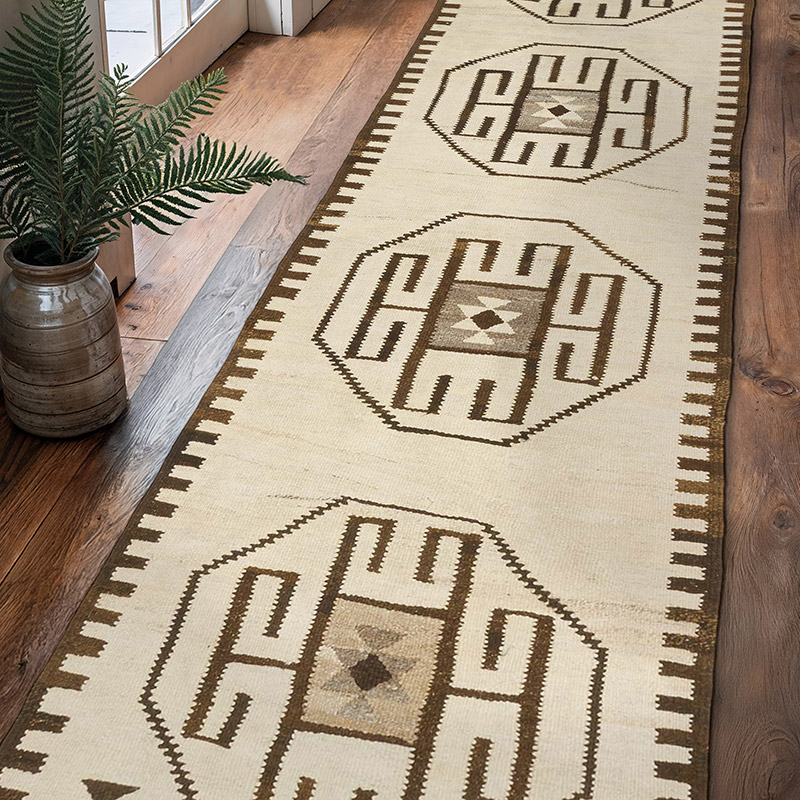
















Shipping was quite fast considering it…